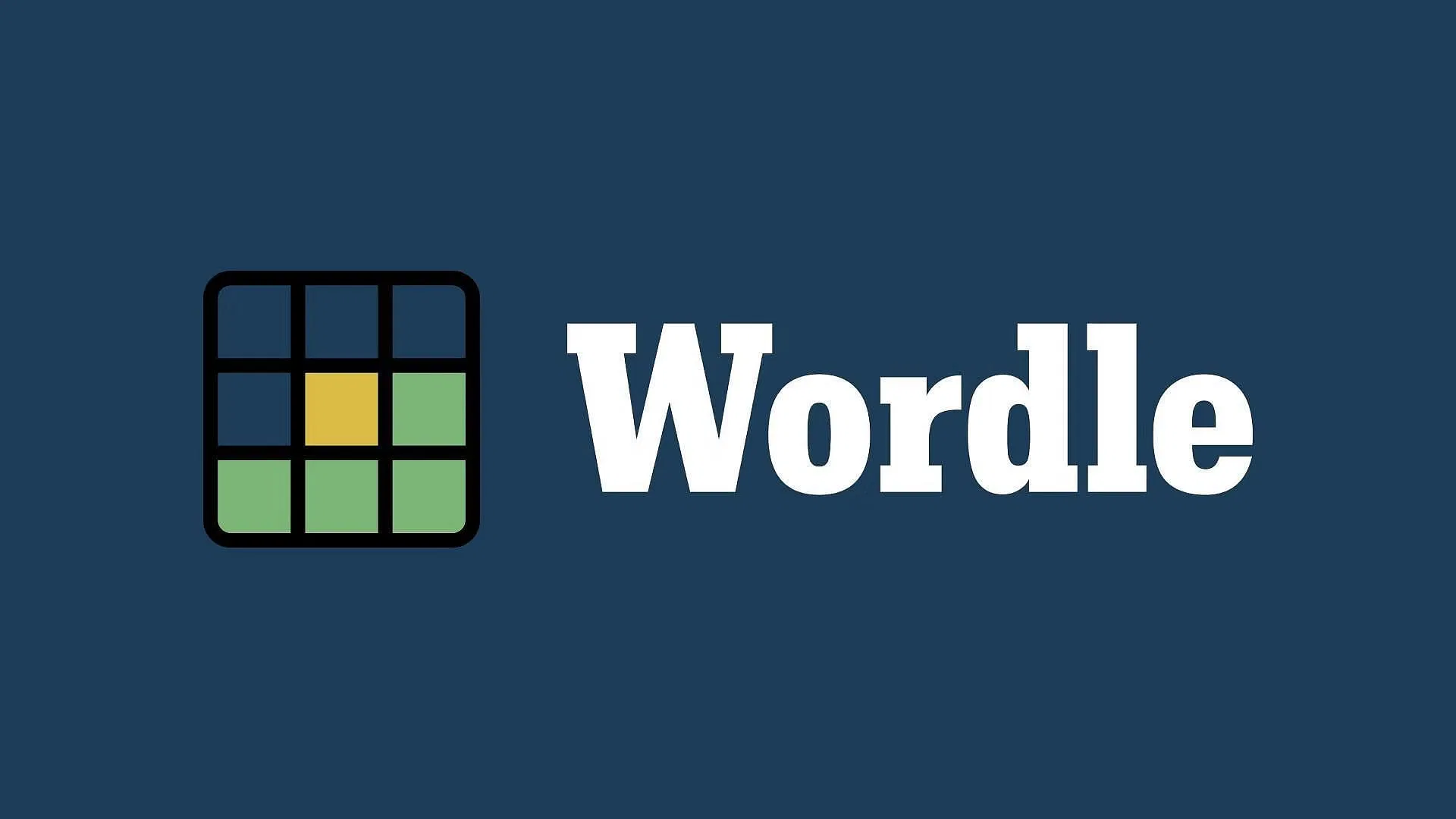By Bloomberg
Copyright scmp

Instagram has reached 3 billion monthly users, making the network one of the most popular consumer apps of all time and leading parent company Meta Platforms to put even more emphasis on the tools that keep driving growth: short-form video and private messaging.
The app is changing its home screen navigation bar to highlight private messaging and Reels, Instagram’s video rival to TikTok, which will make those features easier for users to find.
It is also running a test in India where the app will open directly into Reels instead of the traditional feed, a design the company also employed for a newly released iPad app.
Another test will let Instagram users more directly influence their content algorithm by selecting or hiding topics depending on their interests, according to Adam Mosseri, the head of Instagram.
The changes are part of a broader effort to leverage Instagram’s most popular features – even if it means moving further away from the traditional photo feed that first made the app a global hit.
While Instagram was once known primarily as a place for posting and scrolling through personal life highlights, that type of sharing has been declining for years, Mosseri said.
Today, private messaging is the most popular way people share on the app, followed by disappearing Stories. More than 50 per cent of the time spent on Instagram, meanwhile, is people watching videos, and most of those videos are recommended to users from outside the network of accounts they follow.
“People think of us – they think of a feed of square photos, but that’s just not how people use Instagram and hasn’t been for a long time now,” Mosseri said last week in an interview on the sidelines of Meta’s annual Connect conference at its Menlo Park headquarters in California.
Meta acquired the app for US$1 billion in 2012, but it has since become the most important source of revenue growth at the company and the key vehicle for fending off rivals like TikTok, Snapchat and X.
The app’s future is somewhat clouded by the US Federal Trade Commission’s claim that Meta is an illegal monopoly in social media. A decision from a federal court judge on the case is expected later this year or early in 2026, and a ruling against Meta could include an order to spin off Instagram.
Like his ultra-competitive boss, Mark Zuckerberg, Mosseri is a bit paranoid about ensuring that Instagram does not simply rest on its massive scale. It is more than just maintaining users, he said; it is also about staying relevant.
Meta’s other major social service, Facebook, has also reached 3 billion monthly users but has struggled to keep its position as the world’s dominant social platform, especially among young people.
“The most likely outcome for a large platform like ours is that we shrink eventually. Or maybe we grow, but we become less culturally relevant,” Mosseri said during the interview. “It’s not just about the metrics. It’s about – does culture break on Instagram? Do interesting things happen on Instagram? Are we part of the zeitgeist?”
The effort to remain relevant is fuelled by the competition with TikTok, one of the world’s most popular video apps. TikTok is “top of mind”, Mosseri said, as shown by some of Instagram’s coming changes.
The most notable is a test that Instagram plans to run in India and South Korea starting in October that will bring users to Reels by default when they open the app. Users will need to opt in for the change, but if people choose to do so and the feedback is positive, the move could expand to other markets, Mosseri said.
As the world’s most populous country, India has always been an important growth market for Meta. But it has become particularly crucial for Instagram because TikTok is currently banned in India, opening the door for expansion without the threat of at least one major competitor.
“It’s very possible that TikTok ends up back in India, and so we want to make sure that we are not being complacent in one of our most important countries,” which is likely to drive growth in the next few years, Mosseri said of the coming test. “India is very big and India’s still coming online,” he added.
Another new feature coming to several markets soon is an algorithm update that will let people choose topics they want to see more often in their Reels feed. Users can go into settings and type in their interests – “mid-century furniture” or “Seattle Mariners”, for example.
The idea came about after executives noticed users requesting specific content in their feed by posting “Dear Algorithm” and then listing their desired videos.
X, then known as Twitter, has also allowed people to follow specific topics to better personalise their feed.
“I find that the more specific you are, the more interesting it is,” Mosseri said.
Meta has long relied on more implicit signals to show people relevant content, including who they follow, the videos they like or share, and the videos they hide. This new option is more explicit and primarily possible because of advancements in AI, Mosseri said.
Meta’s large language models have become better at identifying and labelling content in a video so recommendations can be more specific. Much of the video labelling or classifying that once required human review or oversight can now be done automatically, he added.
“I don’t think we would have been able to do a good job” at this kind of labelling a few years ago, Mosseri said.



